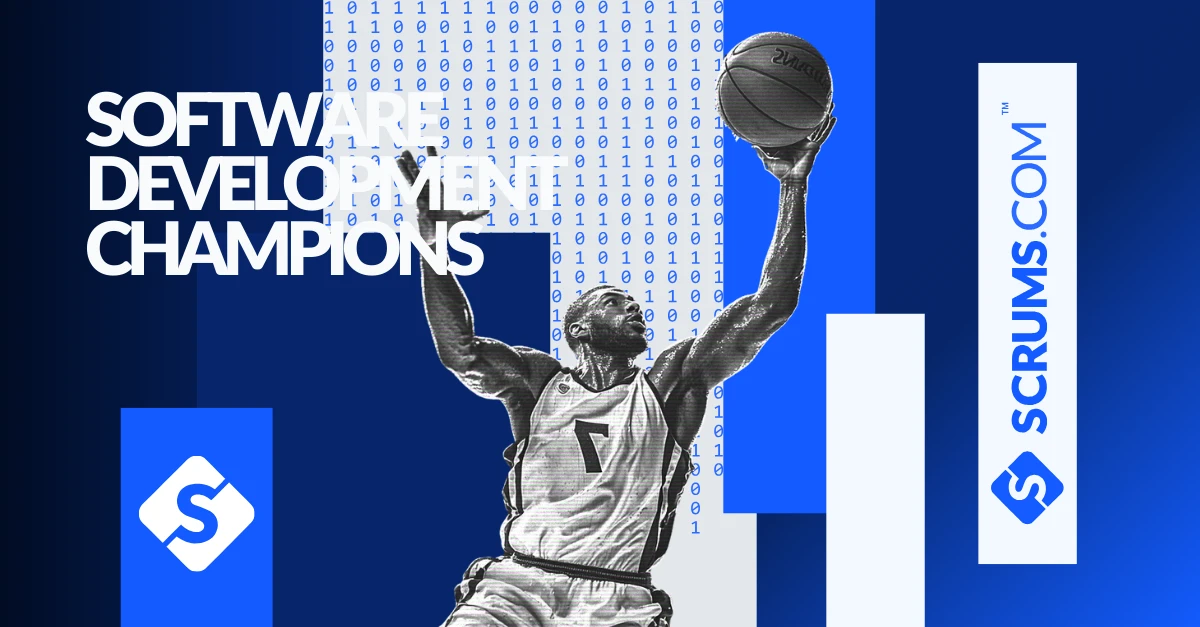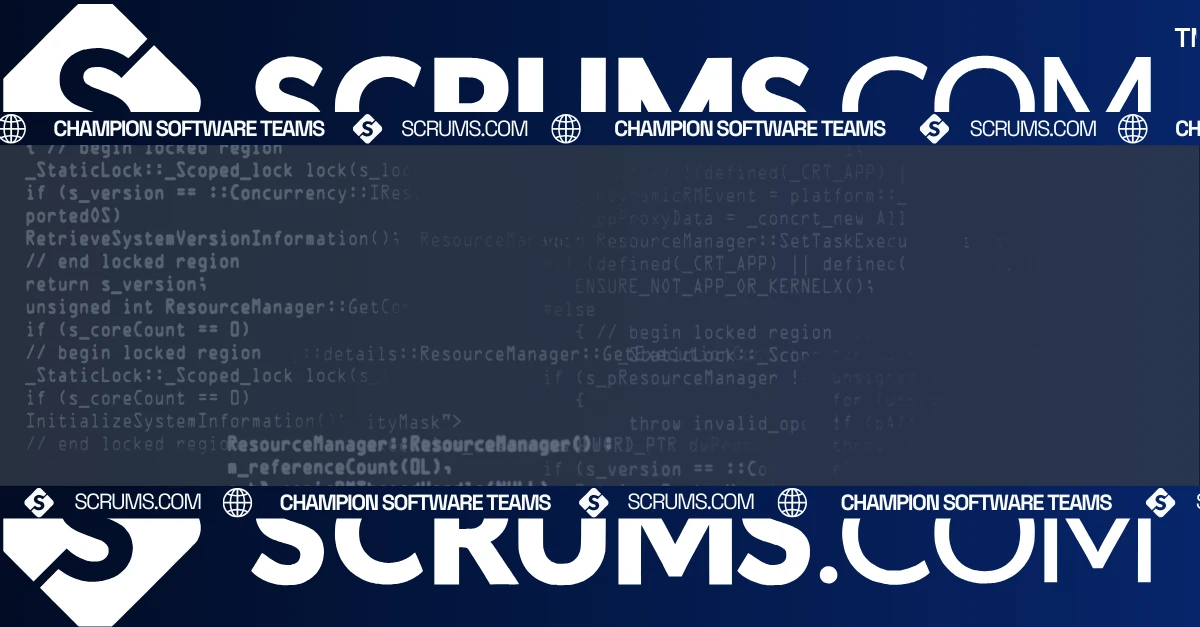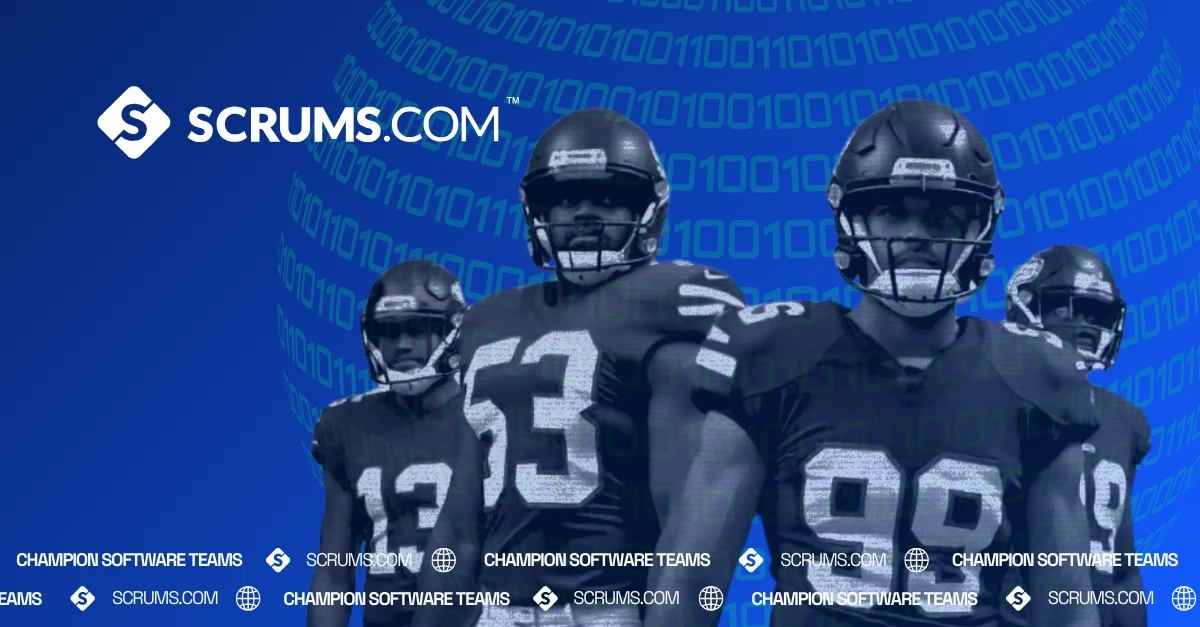What is a Software Engineering Orchestration Platform (SEOP)?
A Complete Guide for Engineering Leaders, PMOs, and Product Teams
Discover how Scrums.com's Software Engineering Orchestration Platform (SEOP) unifies AI, teams, and tools to streamline SDLC and scale software delivery.
Introducing the Software Engineering Orchestration Platform
In today’s fast-paced software world, engineering teams are expected to deliver faster, integrate AI, and scale globally—all while managing increasingly complex systems. But most are stuck stitching together tools, vendors, and manual workflows. That’s where the Software Engineering Orchestration Platform (SEOP) comes in.
Integrate Once. Orchestrate All.
The Scrums.com SEOP is a unified layer that combines:
- Human engineering teams
- AI-powered agents
- Real-time delivery dashboards
- Seamless integration into existing tools
- Cloud and Infrastructure
It replaces siloed workflows with intelligent automation and complete visibility—helping fintechs, startups, and enterprises deliver faster, smarter, and more predictably.
Why Engineering Teams Need an Orchestration Platform
Unlike standalone DevOps or task management tools, a SEOP serves as the central nervous system of your software delivery lifecycle (SDLC). It coordinates code, people, and platforms—from idea to release.
As AI adoption grows, these platforms are critical for:
- Managing Teams and AI agent execution and access
- Automating repetitive coding and testing tasks
- Enforcing delivery guardrails
- Improving team alignment and throughput
Scrums.com’s SEOP is purpose-built for fast-moving tech teams who need to scale without sacrificing visibility, quality, or control.
How the Scrums.com SEOP Works
The platform operates through four orchestrated phases:
1. Scoping
We align with your product goals, success metrics, and delivery timelines—ensuring everyone, from executives to engineers, is aligned from day one.
2. Orchestration Setup
Scrums.com activates the right blend of AI agents and Delivery teams. We plug into your existing SDLC stack—Jira, GitHub, ClickUp, and more—seamlessly enhancing human workflows with AI automation.
3. Delivery
Delivery teams work fast. AI agents handle code reviews, test automation, and risk alerts while the platform ensures cross-functional teams execute in sync. Dashboards surface progress, blockers, and real-time analytics.
4. Scaling
Need to grow? Instantly spin up new engineers or activate more AI functionality. The platform flexes as your roadmap evolves, without disrupting velocity or governance.
Benefits of a Software Engineering Orchestration Platform
Faster Time to Market
- Automates manual approvals and handoffs
- Runs parallel workflows across teams
- AI agents speed up testing, coding, and documentation
Unified Team Visibility
- Central dashboard aggregates updates from Git, Jira, CI/CD, and Slack
- Real-time performance tracking for every role
Built-in Quality & Compliance
- Enforces test coverage, code quality gates, and CI standards
- Supports SOC2, ISO27001, and HIPAA compliance out of the box
Scalable by Design
- Add new AI agents or roles as needed
- Scale teams up or down without workflow disruption
Predictable Cost & Output
- Transparent pricing with platform + team bundles
- Real-time scope tracking ensures accountability and budget control
Why Orchestrations Wins in Software Delivery?
Why Engineering Leaders Choose Scrums.com
Engineering leaders face a common set of challenges across the SDLC. Here’s how Scrums.com’s SEOP addresses each:
Who Is Scrums.com Built For?
For Engineering Managers
Simplify delivery across tools, reduce manual work, and stay on top of every sprint with automation and visibility.
For CTOs
Consolidate your stack, integrate AI intelligently, and scale delivery without compromising governance.
For CIOs
Get complete oversight with built-in compliance, audit trails, and standardized data handling.
For Project Managers
Track every milestone with real-time updates, identify blockers early, and adjust timelines proactively.
For PMOs
Standardize reporting and gain full portfolio visibility across multiple projects and cross-functional teams.
For VPs of Engineering
Accelerate delivery, reduce friction, and empower your team to focus on what matters—shipping high-quality software.
Ready to Orchestrate Smarter?
If you’re scaling fast, navigating complexity, or exploring AI-powered delivery—Scrums.com is your preferred partner. Discover where your bottlenecks are and how orchestration can help you scale smarter, not harder.
Common FAQs Around this Tech Term
It unifies your engineering stack by coordinating tools, people, and AI agents across the SDLC—enabling faster delivery, improved code quality, and better visibility.
Engineering managers, CTOs, CIOs, VPs of Engineering, and PMOs—especially in FinTech and fast-growing tech teams—use SEOP to scale delivery with control and speed.
DevOps tools focus on environments. Project tools focus on tasks. SEOP connects people, platforms, and processes end-to-end—with automation and real-time orchestration at the core.
Modern SEOPs embed AI assistants that write tests, auto-label tickets, triage incidents, or summarize PRs — helping engineers focus on high-impact work.
While they’re most valuable at scale, startups can also benefit, especially when using cloud-native tools or open-source orchestrators.
Explore Software Development Blogs
The most recent trends and insights to expand your software development knowledge.






